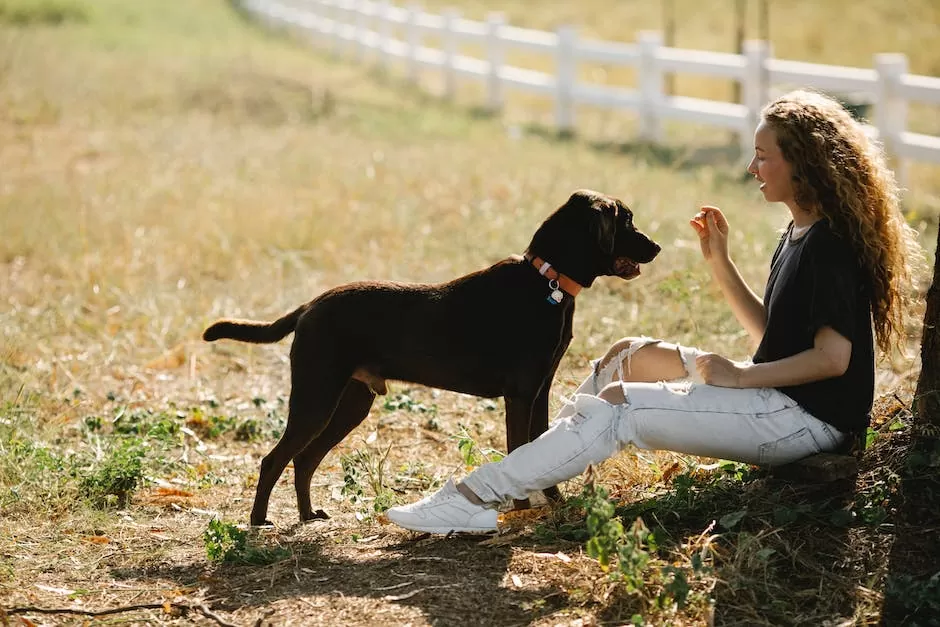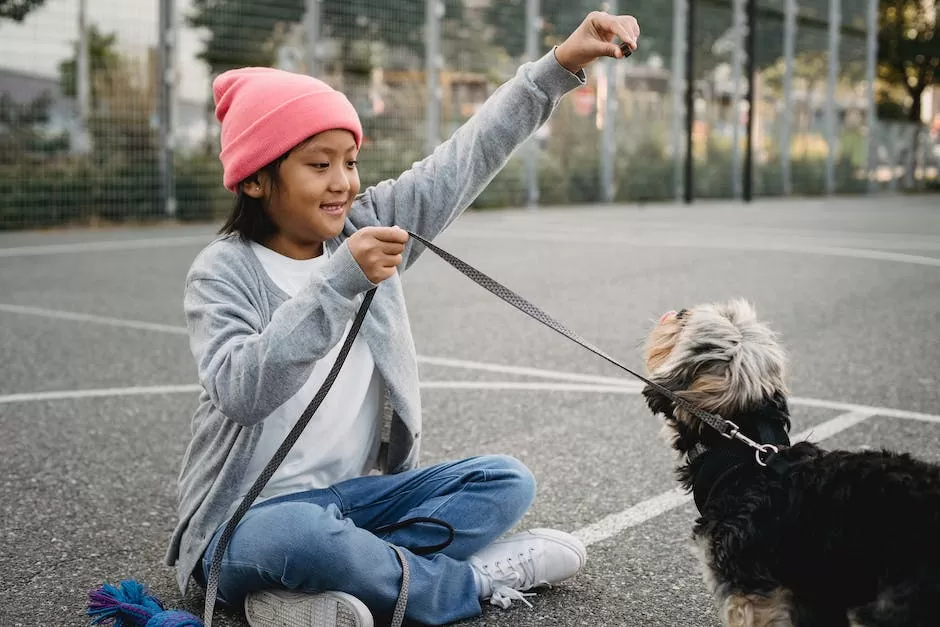How much should you pay to train your dog?

Many dog owners are wondering how much they should pay to train their dog. The truth is, there is no one answer to this question. The amount you pay will depend on your dog’s age, breed, and behavior. You can find plenty of resources online that will help you determine how much to pay for dog training.
This is a difficult question to answer as it depends on a number of factors, such as the age and breed of your dog, your dog’s specific needs, and your personal budget. Nevertheless, there are a few general guidelines you can follow when budgeting for dog training. For example, obedience classes for puppies typically cost between $100 and $200, while private lessons with a certified trainer can range from $50 to $200 per hour.
Is paying for dog training worth it?
There are a few things to consider when deciding whether or not to enroll your new puppy in obedience school. One is how much time you are willing to commit to training. If you feel like you don’t have the time or patience to train your puppy yourself, then obedience school may be a good option. another thing to consider is how much previous experience you have with dogs. If you are a first time dog owner, obedience school can be a great way to learn the basics of dog care and training. However, even if you are an experienced dog owner, a dog trainer can still offer valuable insights and guidance.
It is important to be consistent when training a dog and to keep training sessions brief. A dog’s attention span is relatively short, so it is best to train a few times a day for no more than 10-15 minutes at a time. This will help the dog to better focus and understand what is being asked of him.
How many sessions does it take to train a dog
It’s important to find a training schedule that works for you and your dog. If you’re able to train your dog frequently, that’s great. However, if you can only make it to training classes once a week, that’s okay too. The most important thing is that you’re consistent with your training and that you practice at home as well.
Positive reinforcement is a great way to train a dog. It is important to be consistent with the rewards you give your dog, so that they know that they are being good. Dogs respond well to positive reinforcement, and it is a great way to bond with your dog.
What is the best age to start dog training?
Many experts now recommend that puppies begin classes at 7-8 weeks old. This is because puppies at this age are more receptive to learning and socialization. Puppies who do not have health problems can benefit from classes that focus on obedience, manners, and socialization.
You can start training your puppy as soon as you bring them home, which is typically around 8 weeks old. At this young age, they can learn basic puppy training cues such as sit, stay, and come.
What is the hardest thing to train a dog to do?
The hardest part of dog training is often doing nothing. This is because it requires a great deal of patience and discipline to stand like a statue, not saying or doing anything, while your dog acts a fool. This can be embarrassing if you are in public, but it is important to resist the urge to make your dog stop. Remember that the goal is to train your dog, not to appease other people.
There are five golden rules to dog training that owners should follow in order to have the best possible experience:
1. Get to know your dog: Each dog is unique and will respond differently to training. It is important to get to know your dog’s personality and what motivates them in order to create a training plan that will work for both of you.
2. Make it an enjoyable experience: If you are not enjoying the training process, chances are your dog is not either. Find ways to make training fun for both of you and keep sessions short so that your dog does not become bored or discouraged.
3. Consistency is vital to your training success: In order for your dog to learn, you must be consistent in your commands and expectations. This means that everyone in the household must be on the same page with the training plan to avoid confusion for your dog.
4. Learn when to call it a day: Training sessions should be ended on a positive note, before either you or your dog become frustrated. If you find that things are not going well, take a break and try again another time.
5. Avoid punishing your dog at all costs: Punishment will only serve to scare and injure your dog
What are the 7 basic dog commands
A well-behaved pup should respond to seven directions in order to become a good canine citizen: Sit, Down, Stay, Come, Heel, Off, and No. By responding to these directions, pups will learn good manners and how to behave around people and other dogs. Additionally, responding to these seven directions is the first step in obedience training and can help pups become well-rounded members of society.
There are actually some advantages to working with an older dog. Older dogs have generally had more time to develop attention spans, and they can learn quicker than puppies. Also, many obedience commands will be familiar to an older dog from living in a home before, so he may already have a foundation on which to build. That being said, it’s important to understand that an older dog may not be able to learn as many new tricks as a puppy, and you may need to be more patient with him as he learns. But overall, it’s never too late to train an older dog, and you may be pleasantly surprised at how quickly he picks up on things.
What is the fastest way to train a dog?
Most experts agree that positive reinforcement is the most effective method for training dogs. This type of training focuses on rewarding your pet for good behavior, rather than punishing bad behavior. By providing your dog with treats, attention, and affection when they behave in the way you want them to, they will quickly learn what is expected of them. Additionally, this method is much more humane and can help to build a stronger bond between you and your pet.
This is a common misconception that you can not teach an old dog new tricks. However, modern dog training methods are suitable for canine companions at any stage of their life. From a few weeks old, through puppyhood, adolescence, adulthood and right into their dotage, dogs love to learn.
Can a dog be trained in 2 weeks
If you’re thinking about getting a dog, two weeks is the minimum amount of time you should plan on giving them to adjust to their new routine. This is especially true if you’re working on teaching them commands. While they may be able to understand the commands after two weeks, they’re still not ready to put them into practice in different environments. So, if you’re getting a dog, be prepared to give them at least a couple of months to really settle in.
There are a few reasons why dogs might lock eyes with one another. One is to establish dominance or to show aggression. If a dog is giving a person a hard, steady stare without blinking, it might be warning the human to back off. Your dog might be more likely to do this to a stranger, especially if your dog thinks they need to protect you.
How much time a day should you spend training your dog?
training sessions should be kept short, around five minutes. This is to keep the dog from becoming bored or frustrated. If the training is stopped before the dog loses interest, it will help build enthusiasm for future sessions.
While it is never too late to train a dog, it is important to note that older dogs may be less distractible and energetic than younger dogs. This may be beneficial in some ways, as older dogs may be easier to train. However, older dogs may also be less responsive to training than younger dogs, so it is important to consider this when deciding whether or not to train an older dog.
Warp Up
There is no one answer to this question as the cost of training a dog can vary significantly depending on a number of factors, such as the type of training required, the age and breed of the dog, and the experience of the trainer. That said, on average, most dog owners can expect to pay between $50 and $200 for dog training classes.
If you are considering training your dog, you may be wondering how much it will cost. The truth is, the cost of training your dog will vary depending on the type of training you need and the trainer you choose. However, you can expect to pay anywhere from $50 to $200 for private training lessons. group classes will generally cost less, around $30 to $120 per class.